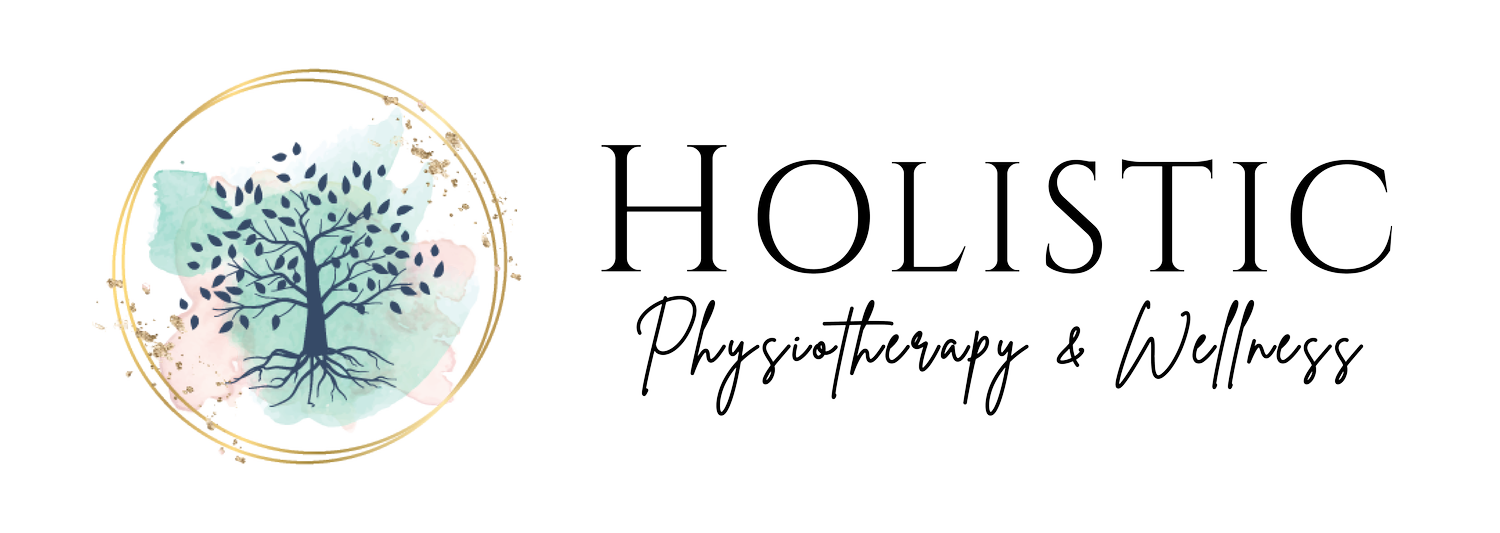Finding the Root of the Leak
Written by Danielle Bararuk | February 15, 2020
Urinary incontinence, or the loss of bladder control, is most common in women after childbirth and during menopause or thereafter. That does not mean it should be considered normal or has to be accepted as a part of aging. The most common types of urinary incontinence in women are stress and urge incontinence. Stress incontinence is the leakage of urine after an increase in intra-abdominal pressure. This can occur during lifting or during a laugh, cough, or sneeze. Urge incontinence is the loss of urine associated with a strong uncontrollable need to void and the inability to delay voiding. This can be caused by an overly active or irritated bladder muscle. Women can also have a combination of both stress and urge incontinence, and this is called mixed incontinence.
During menopause there is a reduction in estrogen levels in the body which can lead to the thinning of the urethra lining and vagina. The urethra is the short tube that empties urine from your bladder. The pelvic floor muscles that support the urethra and bladder may weaken with the aging process. The pelvic floor muscles function is to help to support the urethra, bladder, bowel and uterus by forming a ‘sling’ from the pubic bone to the tailbone. These muscles are also sphincteric and control the urethral opening and closing. Therefore, when these muscles are weakened the result may be urinary incontinence. During menopause, there is also thinning of the vagina and this is thought to reduce the strength of the connective tissue supporting it. Furthermore, when the pelvic floor muscles become weakened, they also do not support the pelvic organs and can result in pelvic organ prolapse. Pelvic organ prolapse is when the vaginal walls come down and out. Different types of prolapse include a rectocele (rectum), urethrocele (urethra), cystocele (bladder), enterocele (small intestine), uterine prolapse and vault prolapse (vagina) depending on what pelvic organ is involved.
A pelvic health physiotherapist can help women determine the root cause of their urinary incontinence and/or prolapse. They will then guide you through an appropriate treatment plan and rehabilitation of the pelvic floor dysfunction. Your treatment sessions will include education to help you understand how your team of inner core muscles (which include the pelvic floor muscles) directly impact urinary incontinence and prolapse. Understanding breath mechanics and how to prevent too much pressure on your pelvic floor is important to control prolapse and prevent urinary leakage. Your treatment may also focus on strengthening your pelvic floor and functionally training your pelvic floor through a series of progressions to return you safely and symptom free to activities that you once enjoyed!
Resources:
Faghani, N and Vandyken, C., Pelvic Health Solutions: The Physical Therapy Approach to Female and Male Urinary Incontinence 2013
https://urogyn.coloradowomenshealth.com/patients/library/menopause-prolapse


